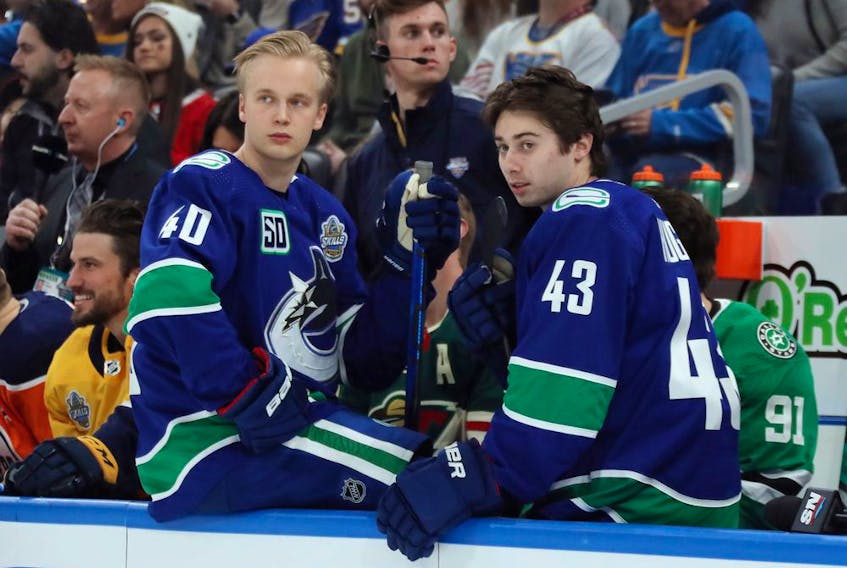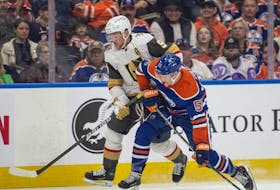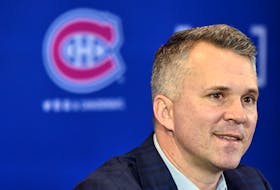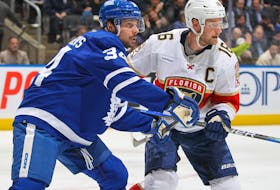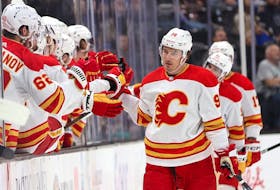Elias Pettersson has a new agent.
The Vancouver Canucks star has moved from Michael Deutsch at Eclipse Sports Management, who had represented him since he was drafted, to Pat Brisson at CAA Hockey.
Deutsch has been an agent for more than 25 years and has represented plenty of big names, but Brisson’s clout is without equal: according to CapFriendly, no agent in the NHL represents a bigger sum total of active contracts, in his case worth more than $1 billion. Currently Brisson’s best-paid client is John Tavares at $11 million.
Brisson also represents Quinn Hughes, while his colleague at CAA J.P. Barry, whose aggregate value of active player contracts adds up to more than $677 million, represents Tyler Myers and Loui Eriksson. Barry’s best-paid client is Evgeni Malkin at $9.5 milllion.
It’s worth nothing that Barry pressed Canucks GM Jim Benning hard in negotiating the contracts for Myers and Eriksson, something that surely won’t have escaped the two young stars.
Hughes and Petterson are in the last year of their entry-level contracts; Pettersson will be a full restricted free agent, while Hughes is a 10.2 (c) free agent, meaning that unlike Pettersson, other teams can’t try to sign him to an offer sheet and he also can’t opt for salary arbitration.
There are a few things to think about now that Hughes and Pettersson have synced their representation.
First of all, this means that the two player will sign in concert, as there’s no chance Brisson will let one sign without the other having been locked down as well.
That ups Hughes’ leverage, who otherwise could have found himself in a similar spot to Brock Boeser, who eventually signed a three-year deal during the pre-season in 2019. Boeser was also a 10.2(c) free agent, which really limited his negotiating position.
By being tied to Pettersson, Hughes’ position is clearly much better.
Brisson spoke to Sportsnet 650 in 2019 and laid out his view on how to handle restricted free agent negotiations, suggesting strongly that for top young players looking for their second contracts, it made a lot of sense to push for a five year deal, since that term takes you to unrestricted free agency.
It’s a bit of a bet on yourself, but a player like Pettersson should be betting on himself like this. If things go as well as he hopes in his career over the next five years, his payday in unrestricted free agency would be even bigger and likely maximizing the total value of his contracts over the 12 or 13 years of the two contracts — assuming the second deal is seven or eight years, the maximum length allowed under the current collective bargaining agreement.
Copyright Postmedia Network Inc., 2021

